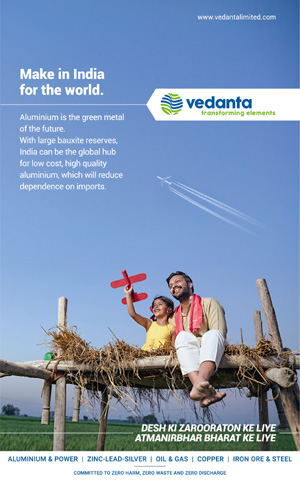Niti Ayog findings belie Odisha government’s claim of all-around development
Tribal districts in the south and west continue to rot in abject poverty
By Kalayan Anand
BHUBANESWAR, NOV. 29: The claim by Naveen Patnaik-led Odisha’s ruling Biju Janata Dal (BJD) that it has taken the state to new heights of development seems to be a big myth if the findings of the recent NITI Ayog report are any indication. The policy think tank body –has put Odisha among bottom ranked states in its first-ever National Multidimensional Poverty Index (MPI) with 29.35 per cent marked as poor.
What is quite disconcerting is that the southern Odisha districts such as Nabarangpur, Malkangiri, Koraput and Rayagada are lagging far behind the rest. Nabarangpur has a poverty rate of 59.32 per cent followed by Malkangiri (58.71 per cent), Rayagada (48.14 per cent) and Koraput (51.4 per cent).
Kalahandi in western Odisha has a worrying poverty rate of 48.14 per cent while Kandhamal in central part of the state has 44.75 per cent poor.
Mayurbhanj, a tribal dominated district in north Odisha, has 44.90 per cent poor. What is quite surprising is that the mineral-rich Keonjhar district also battles abject poverty. It has a 41.78 per cent population struggling under impoverishment.
Puri in coastal district has the lowest 11.64 per cent poor while Jagatsinghpur has got a poverty rate of 11.83 per cent. Khurda (15.49 per cent), Cuttack (16.62 per cent) and Jharsuguda (16.62 per cent) are the other three districts which have below 20 per cent poverty rates.
A careful examination of the Niti Ayog MPI findings reveals wide regional disparity in Odisha. Mostly, the tribal dominated districts have been left out of most development parameters.
According to Prafulla Kumar Dhal, a noted development activist and researcher, in almost all parameters and estimates, areas with more tribal populations have lagged behind.
“The regional disparity implies that the various strategies meant for their development are not working the way it should have. Despite flow of huge funds to the Kalahandi-Bolangir-Koraput (KBK) region under the KBK scheme and later under the Backward Region Grant Fund as well as Biju KBK Plan, the southern Odisha districts continue to rot in poverty. This impoverishment often results in mass migration of agricultural workers and common people to other states in search of work; women and child trafficking. The government must redraft its strategies and assess progress of the ongoing measures to lift the poor from the morass of poverty and deprivations,” said Mr Dhal.
The researcher further added that while the state is envisioning a trillion-dollar economy in the next five years, mineral and natural resources of the backward pockets are critical in economic reconstruction.
“The irony is that the resource-rich pockets are always performing low in human development, social transformation and economic growth parameters. This is imperative now that in the face of climate threats the state think tanks and policy makers restrategise the growth roadmap as the state gears up to celebrate its 100th foundation day in 2036,” he observed.






